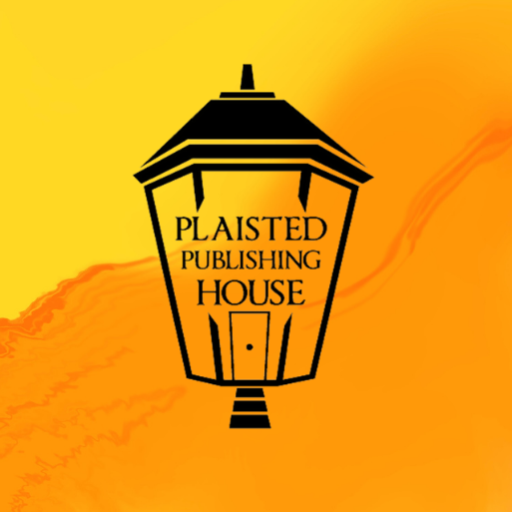Publishing Confusion – Part Two. Author Brand
Author Brand! What is it? Who likes Nike, Adidas? Who’s your favourite Movie Star, Poet, Author? The first two are BRANDS which people love. The Second are people who can be turned into BRANDS and generally are. So, how do they do this? What does it mean to have a BRAND? If you get a…
Read more


Recent Comments